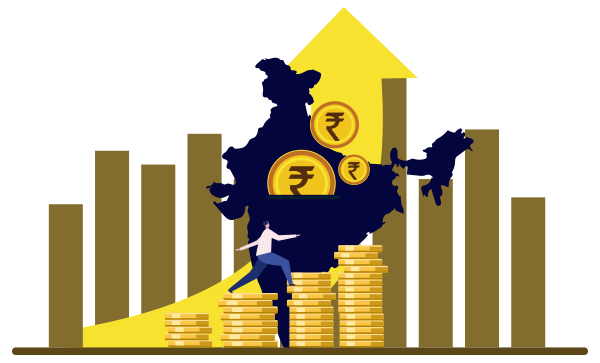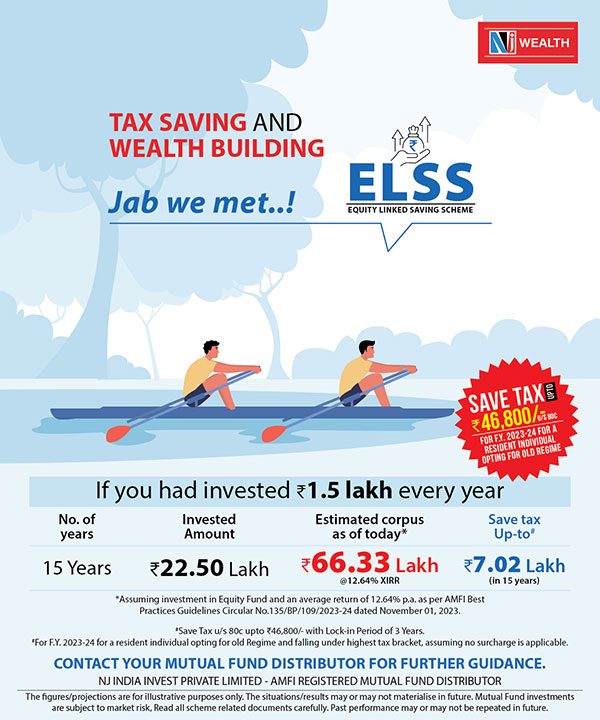In 2047, India will finish 100 years of independence. The period from now until 2047 is known as the Amrit Kaal. This period is defined as a highly auspicious time associated with good luck, positivity, healthy growth, and high energy. The goal of Amrit Kaal is to build a holistically developed India which is technology-driven and knowledge-based, with modern infrastructure, strong public finances, and a solid financial sector.
In the interim budget disclosed by Finance Minister Nirmala Sitharaman on 1st February 2024, it was announced that to make India 'Viksit' (Developed) by 2047, we need to focus on the upliftment of 4 major areas, i.e. 'Garib' (Poor), 'Annadata' (Farmers), 'Mahilayen' (Women), and 'Yuva' (youth). Moreover, seven priorities will be acting as 'Saptarishi' to guide Amrit Kaal's vision. These 7 priorities are inclusive development, reaching the last mile, infrastructure and investment, unleashing the potential, green growth, youth power, and financial sector. Moreover, the country is expected to meet 'Net Zero' emissions by 2070, and the country is fully committed to contributing to attaining all the UN SDGs. To promote tourism in the country, States will be encouraged and empowered to develop iconic tourist sites, hence attracting business and promoting local entrepreneurship. Moreover, long-term interest-free loans will be given to states to promote holistic development.
The coming years in India are expected to exhibit robust growth. The resilience shown by our country during the tough period of Covid-19 is a testament to the strength and potential of our country. Despite facing unprecedented challenges, India demonstrated remarkable adaptability and innovation, leveraging technology and fostering a spirit of unity. The challenges now confronting the growth of India's economy are managing this highly integrated global economy efficiently, handling the geopolitical, technological, fiscal, economic, and social issues, deploying Artificial Intelligence (AI), and ensuring that the workforce is placed appropriately. In the past, India has shown resilience and progress despite risks and uncertainties, and hopefully, through efficient and effective policy measures, it will continue to do so. India now embarks on its Amrit Kaal journey with confidence, trust, and unity to build a prosperous and 'Atmanirbhar' country.
**(Source - The Indian Economy - A Review - Jan 2024), *(
Source - IMF, as in 2023)








